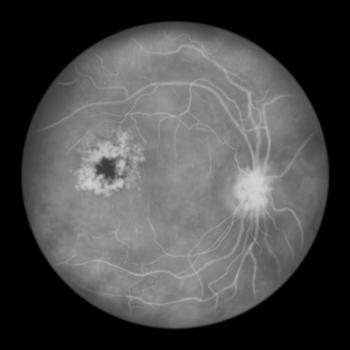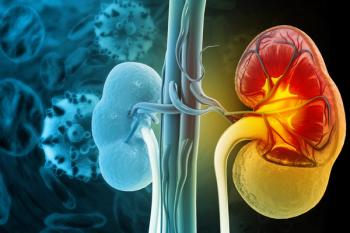
Patient Preferences in COPD Treatment
Clinical guidelines and government agencies are increasingly encouraging clinicians to consider patients' treatment preferences when chronic disease is present.
Clinical guidelines and government agencies are increasingly encouraging clinicians to consider patients’ treatment preferences when chronic disease is present, as it could increase medication adherence.
This concept was recently explored among patients with severe chronic obstructive pulmonary disease (COPD) or asthma in a meta-analysis published in the International Journal of Chronic Obstructive Pulmonary Disease.
The authors reviewed studies that addressed patients with moderate-to-severe disease, due to the lack of data in severe disease alone. They also considered articles that investigated preferences for any aspect of care among patients with COPD or asthma.
The researchers identified roughly 478 articles, of which 25 in COPD and 5 in asthma met their inclusion criteria.
Across the studies, COPD patients identified several disease factors as important preferences:
- Avoidance of daytime dyspnea/breathlessness and nighttime waking due to symptoms. Of note, patients reported they would be willing to pay to achieve this goal.
- Positive patient—physician relationships while maintaining autonomy.
- Reduction of quality-of-life impairments.
- Increased information availability.
Patients strongly preferred certain inhalers over others, though this preference differed by country, as could be expected. They also indicated they preferred opioids to relieve dyspnea.
At end-of-life, 69% of patients preferred receiving CPR, while 70% desired noninvasive mechanical intervention, and 58% wanted invasive mechanical intervention.
Pharmacists can use this information constructively by remembering to ask COPD and asthma patients about their preferences, and suggesting a different inhaler that may be easier to use or preferred in patients who are nonadherent to treatment.
By considering these preferences, pharmacists can help these patients overcome a litany of disease-related challenges, from frequent hospital readmission, to declining quality of life, to managing symptoms at home.
Newsletter
Stay informed on drug updates, treatment guidelines, and pharmacy practice trends—subscribe to Pharmacy Times for weekly clinical insights.


























































































































































































































